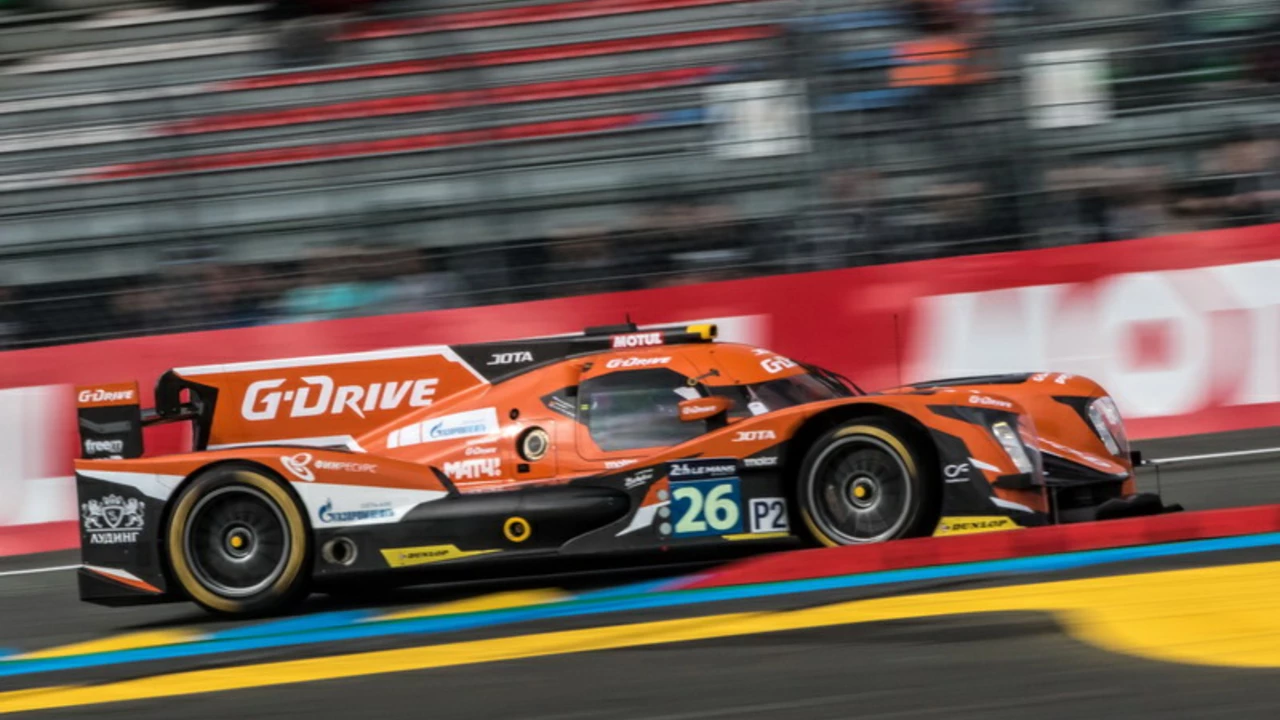Racing – All the Action, Insights and Guides
Welcome to the racing hub of Revved Up Motorsports. Whether you live for the roar of engines, the split‑second battles on the track, or just want to know how to get behind the wheel, you’re in the right place. Below you’ll find quick answers, useful tips, and the hottest stories that keep the racing world buzzing.
Why Racing Thrills Fans
First off, the adrenaline rush. Watching a car blast past at 200 mph creates a physical buzz that’s hard to match. It’s not just speed – the sound of a revving engine, the smell of burnt rubber, and the sight of cars hugging corners make the experience immersive.
Second, the tech. Modern racing cars are moving laboratories. From hybrid power units in Formula 1 to the aerodynamic tweaks on IndyCar, every detail is a lesson in engineering. Fans love spotting those little changes that shave off tenths of a second.
Third, community. Sharing a race‑day drink, debating which driver is best, or swapping stories about track visits builds a strong bond among fans. It turns a solo hobby into a social sport.
Speed Showdown: F1 vs IndyCar
People often ask which is faster, Formula 1 or IndyCar. The short answer: F1 cars have higher top speeds on straightaways and quicker acceleration thanks to their hybrid power units and lighter chassis. On a typical Grand Prix circuit, an F1 car can hit 230 mph.
IndyCars, however, excel on ovals where they can sustain speeds over 230 mph for long stretches. Their design focuses on stability at those extreme numbers, making them dominant in events like the Indianapolis 500.
Both series demand exceptional driver skill, but the styles differ. F1 tests precision on twisty road courses, while IndyCar rewards bravery on high‑banked ovals.
Besides the speed, each series offers a unique fan experience. F1 travels worldwide, delivering city‑center races that feel glamorous. IndyCar stays mostly in the US, giving a more intimate, gritty atmosphere.
If you’re deciding which to follow, try watching a few races from each and see which vibe clicks with you.
Beyond the big‑league series, there are grueling endurance events that push both man and machine. The Dakar Rally, 24 Hours of Le Mans, and Baja 1000 are among the toughest. They test navigation, durability, and driver stamina far beyond a typical sprint race.
Thinking of getting on the track yourself? The licensing rules are pretty straightforward. For amateur club races, a regular driver’s licence often suffices, but professional events require a competition licence from the national motorsport authority. It usually involves a written test, a medical exam, and a few on‑track assessments.
Practice is another key factor. Pro drivers can spend up to 10 hours a day on a circuit during the season, plus additional time in simulators. Off‑season training drops to a few hours, but they still keep a routine to stay sharp.
Got a specific question about racing licences, practice schedules, or how to catch the next big event? Drop a comment or browse the other posts on this tag – you’ll find deep dives on why BMW left F1, the most brutal car races, and even why people love watching car racing in the first place.
Now that you know the basics, dive into the articles below, share your thoughts, and keep the racing spirit alive.

Can a Le Mans driver join and race for Formula 1?
In my latest blog post, I dove into the intriguing question: can a Le Mans driver join and race for Formula 1? The answer is a resounding yes, provided the driver meets the necessary qualifications and possesses a super license, which is the highest level of racing license issued by the FIA. However, it's important to note that while the skills required for both Le Mans and F1 are similar, the two racing styles are distinctly different in terms of strategy and endurance. Transitioning between these two formats would be challenging but not impossible. Ultimately, the ability of a Le Mans driver to successfully compete in F1 depends on their adaptability and proficiency in both racing disciplines.

How do you become a racing driver for free?
Becoming a racing driver can be an expensive endeavor, but there are ways to do it for free. Firstly, it is important to build a relationship with a team or sponsor. Many teams are looking for promising drivers and may provide sponsorship in exchange for their services. Additionally, joining a club or organization dedicated to racing can provide access to resources, such as local events and discounts on racing gear. Additionally, it is important to practice and hone driving skills, as this will make one more attractive to potential sponsors. Lastly, networking and building relationships with other drivers and teams is essential to being successful in the racing world.